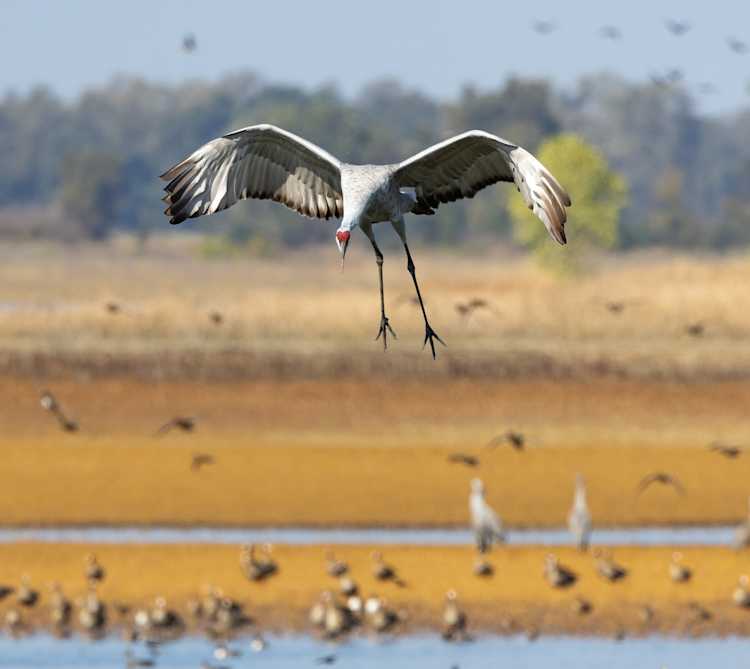The Importance of Letting Fawns Be: Understanding the Consequences of Picking Them Up
Anna Richardson
In the enchanting world of wildlife, few sights are as heartwarming as stumbling upon a fawn nestled in the grass. The instinct to help and protect these seemingly vulnerable creatures may be strong, but it is essential to understand that interfering with their natural processes can have unintended and harmful consequences. In this blog, we will delve into the topic of picking up fawns, exploring why it is crucial to let them be and the potential ramifications of well-intentioned interference.
The Fragile World of Fawns
Fawns, the young offspring of deer, undergo remarkable growth and development from birth to independence. They exhibit instinctual behaviors that aid in their survival, including hiding and remaining motionless while their mothers are away foraging. These behaviors contribute to their protection from predators and the natural order of their species.
The Reasons to Let Fawns Be
There are several reasons why it is imperative to refrain from picking up fawns:
Maternal Bond and Dependency: The bond between a mother doe and her fawn is crucial for the fawn's survival. Interfering with this bond can disrupt the fawn's ability to receive proper nourishment, guidance, and protection from its mother.
Natural Camouflage and Protection: Fawns possess natural camouflage that helps them blend into their surroundings, keeping them safe from predators. Disturbing their hiding spots can make them more vulnerable to predation and increase their chances of harm.
Scent Detection and Abandonment: Fawns have minimal scent, allowing them to remain undetected by predators. However, human touch can transfer unfamiliar scents, potentially leading the mother to abandon her young. Minimizing human interference helps preserve the natural instincts of both mother and fawn.
The Consequences of Picking Up Fawns
Interfering with fawns can have detrimental effects on their development and overall well-being:
Disruption of Natural Development: Removing fawns from their natural environment disrupts their ability to learn crucial survival skills from their mothers and adapt to the wild. It hinders their physical and behavioral development, potentially impacting their chances of survival.
Potential Stress and Trauma: Handling fawns can induce extreme stress and trauma. The fear and confusion caused by human intervention can have long-lasting effects on their overall well-being and ability to cope with the challenges of the wild.
Disease Transmission and Rehabilitation Challenges: Bringing a fawn into captivity or close contact with domestic animals increases the risk of disease transmission, such as Chronic Wasting Disease (CWD). Rehabilitating fawns for release back into the wild requires specialized knowledge, resources, and permits.
Responsible Actions and Alternative Approaches
Responsible behavior and alternative approaches ensure the well-being of fawns and their natural environment:
Educating the Public: Raising awareness about the importance of leaving fawns undisturbed is crucial. Public education campaigns, wildlife organizations, and informative resources can help dispel misconceptions and encourage responsible behavior around fawns and wildlife in general.
Observing from a Distance: Appreciating the beauty and behavior of fawns can be done from a distance. Utilizing binoculars or trail cameras allows us to observe them without encroaching on their natural habitat.
Reporting True Orphans or Injured Fawns: While it is best to let nature take its course with seemingly abandoned fawns, reporting true orphans or injured fawns to local wildlife authorities ensures appropriate and professional intervention when necessary.
More
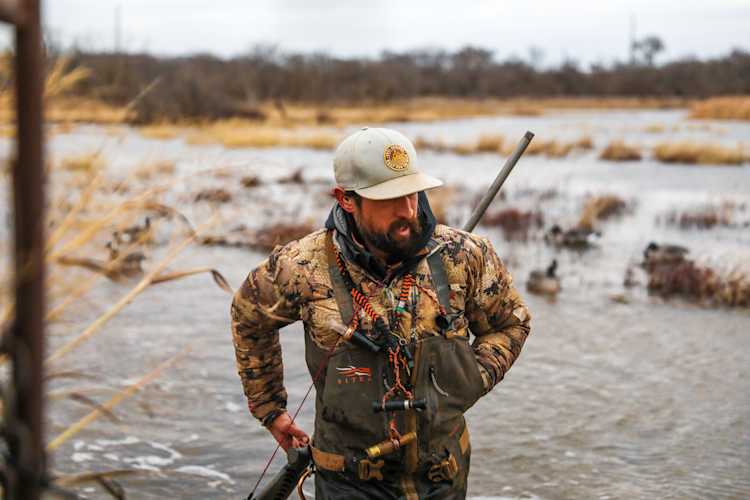
Layering for Comfort: What to Wear While Hunting Waterfowl in Fall
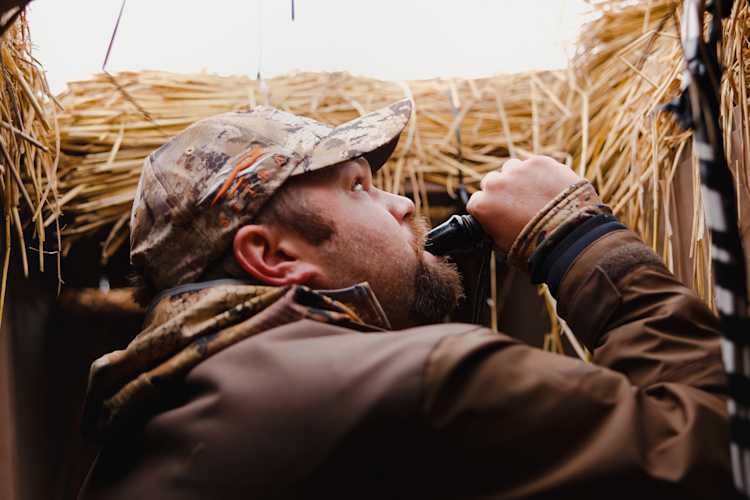
The Art of Calling: Tips and Techniques for Successful Waterfowl Calls
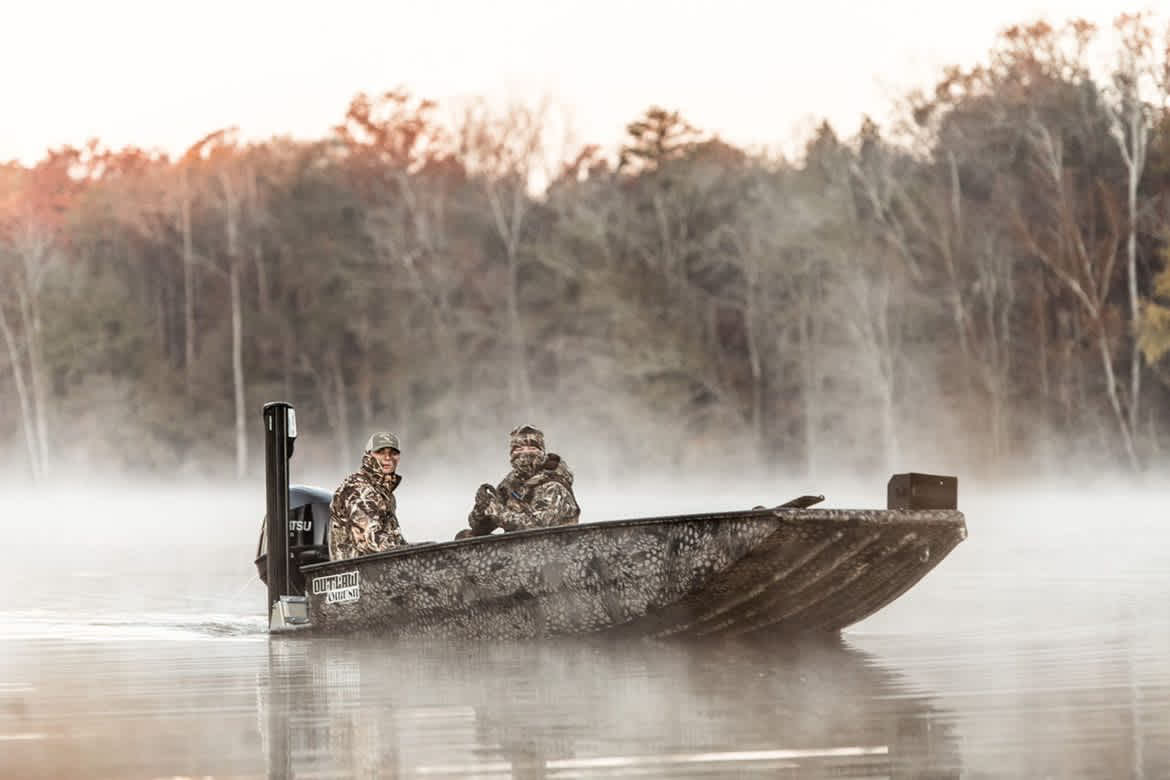
Client Experience in the Field: Best Practices for Waterfowl Outfitters
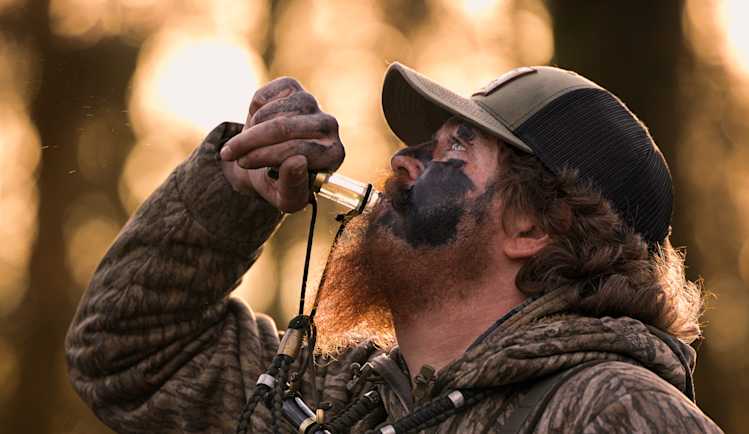
Decoy Strategies for Fall Waterfowl Hunting: What Works Best for Each Species
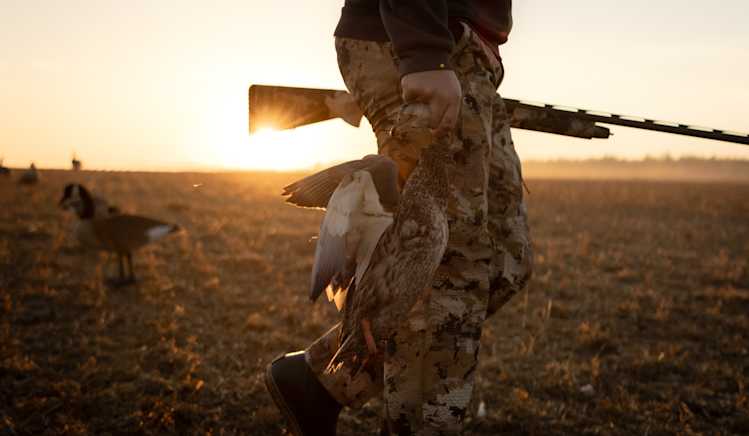
The Ultimate Guide to Fall Waterfowl Hunting: Key Tips, Techniques, and Best Practices
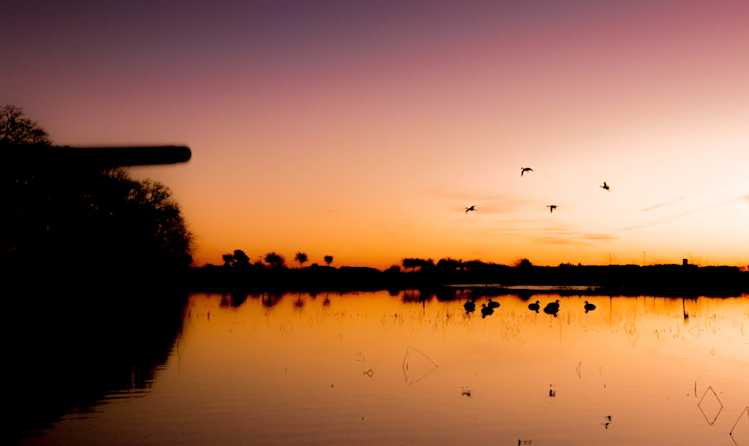
Top 10 States for Amazing Waterfowl Hunting in November: Find Your Perfect Spot
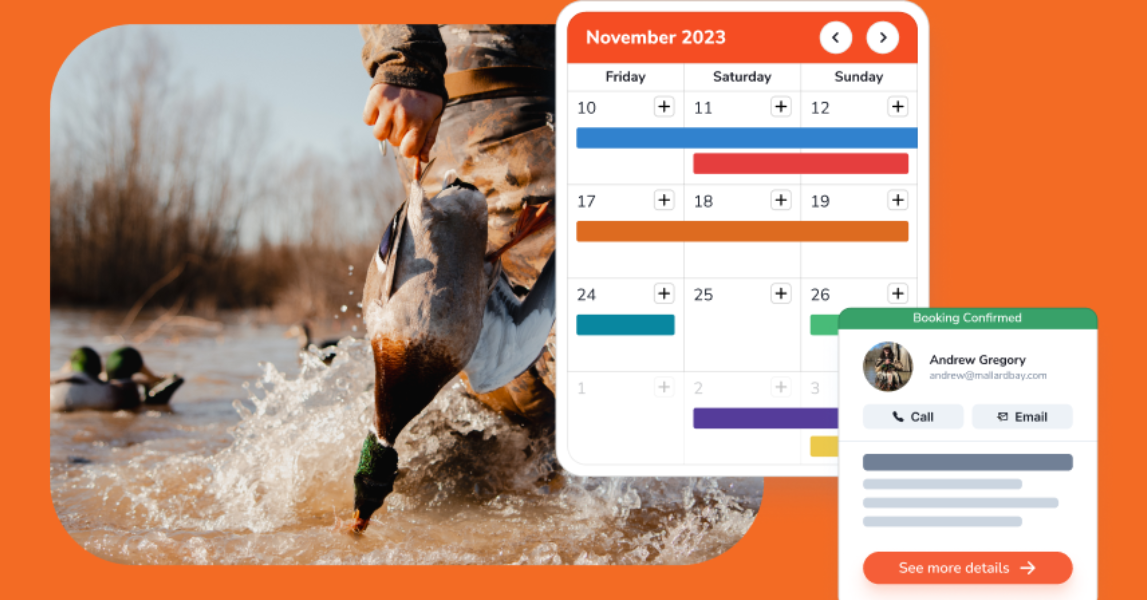
Peak Season Success: Essential Strategies for Waterfowl Outfitters to Maximize Business
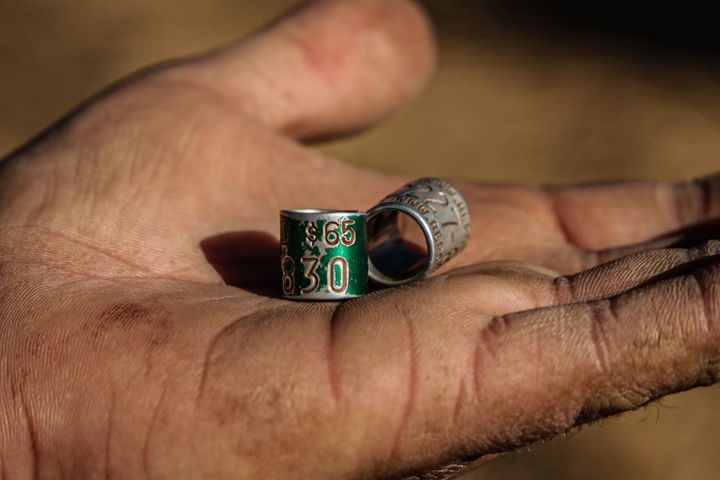
The Art and Science of Duck Banding: A Conservation Odyssey with Mallard Bay
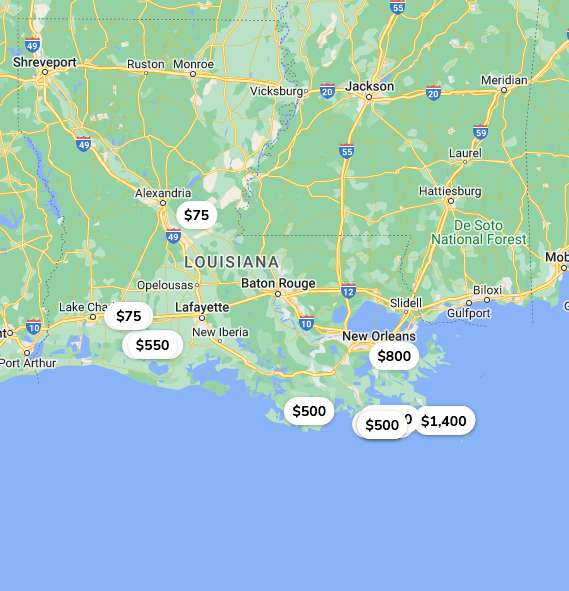
How To Book a Hunting Trip

Axis Jerky Tacos
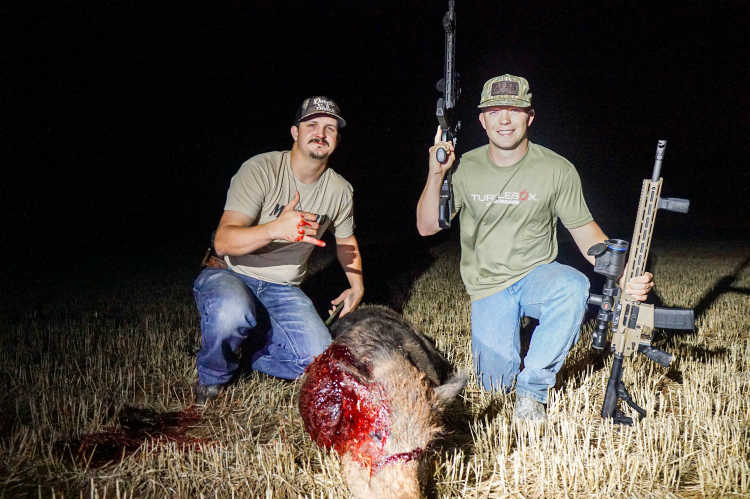
Experience Thermal Hog Hunting with Dirty Texas Outfitters
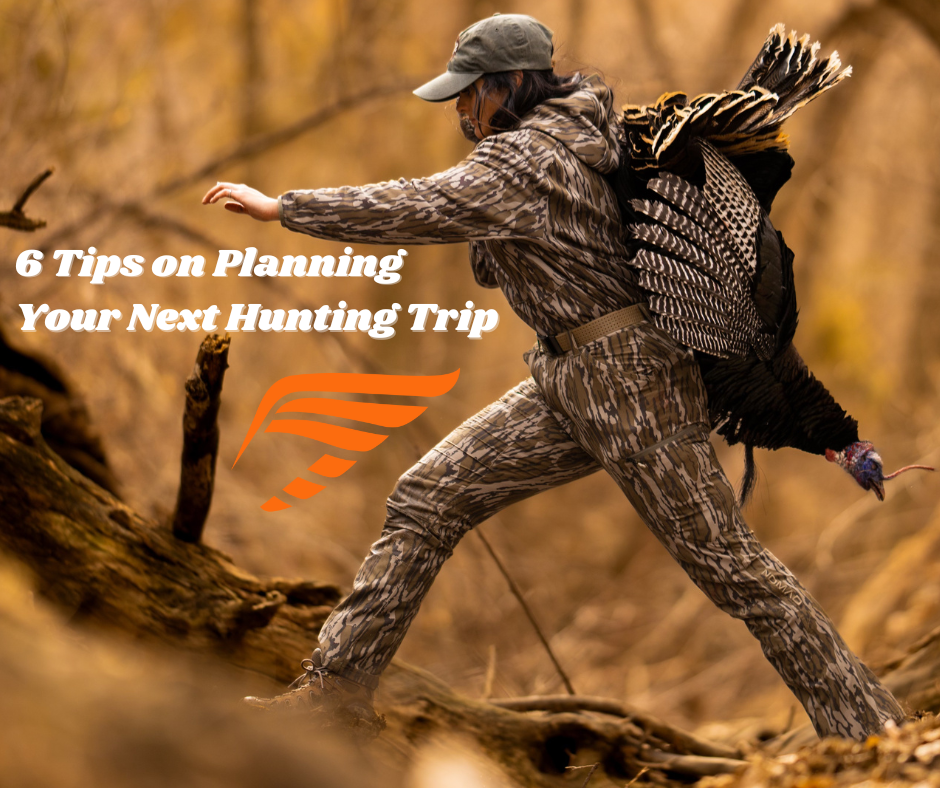
6 Tips on Planning a Guided Hunting Trip

Bourbon Spatchcock Turkey
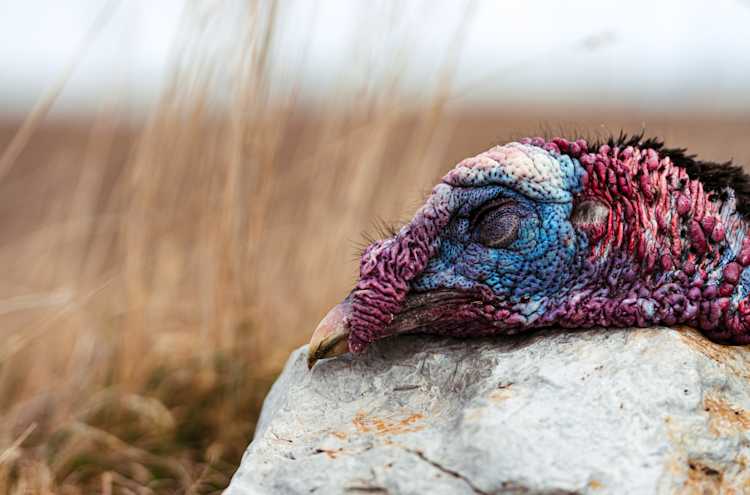
Turkey Calling Tips
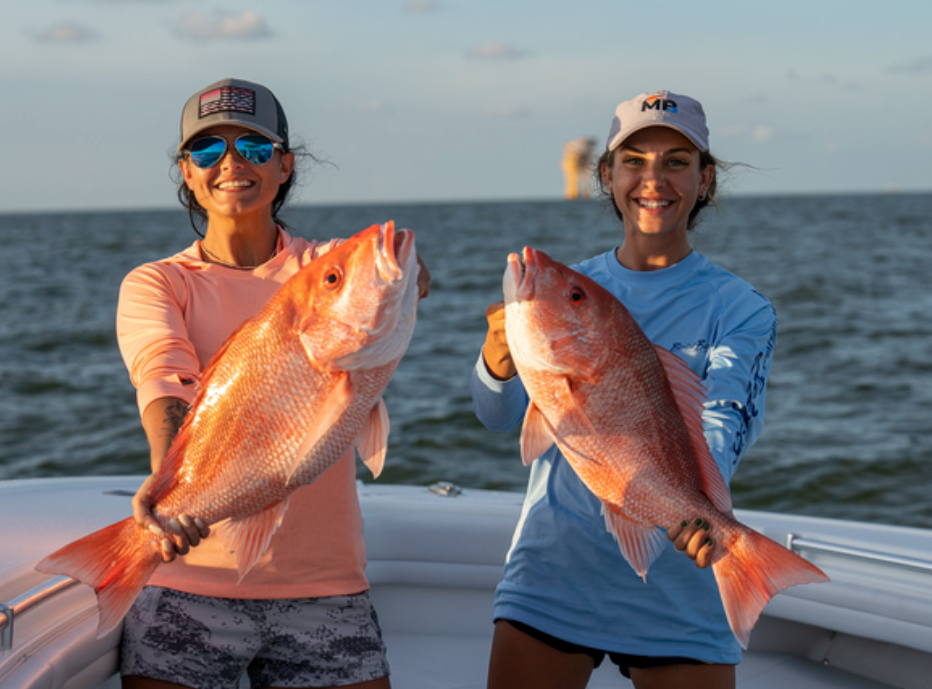
Louisiana Sportfishing - An Angler’s Paradise 2023
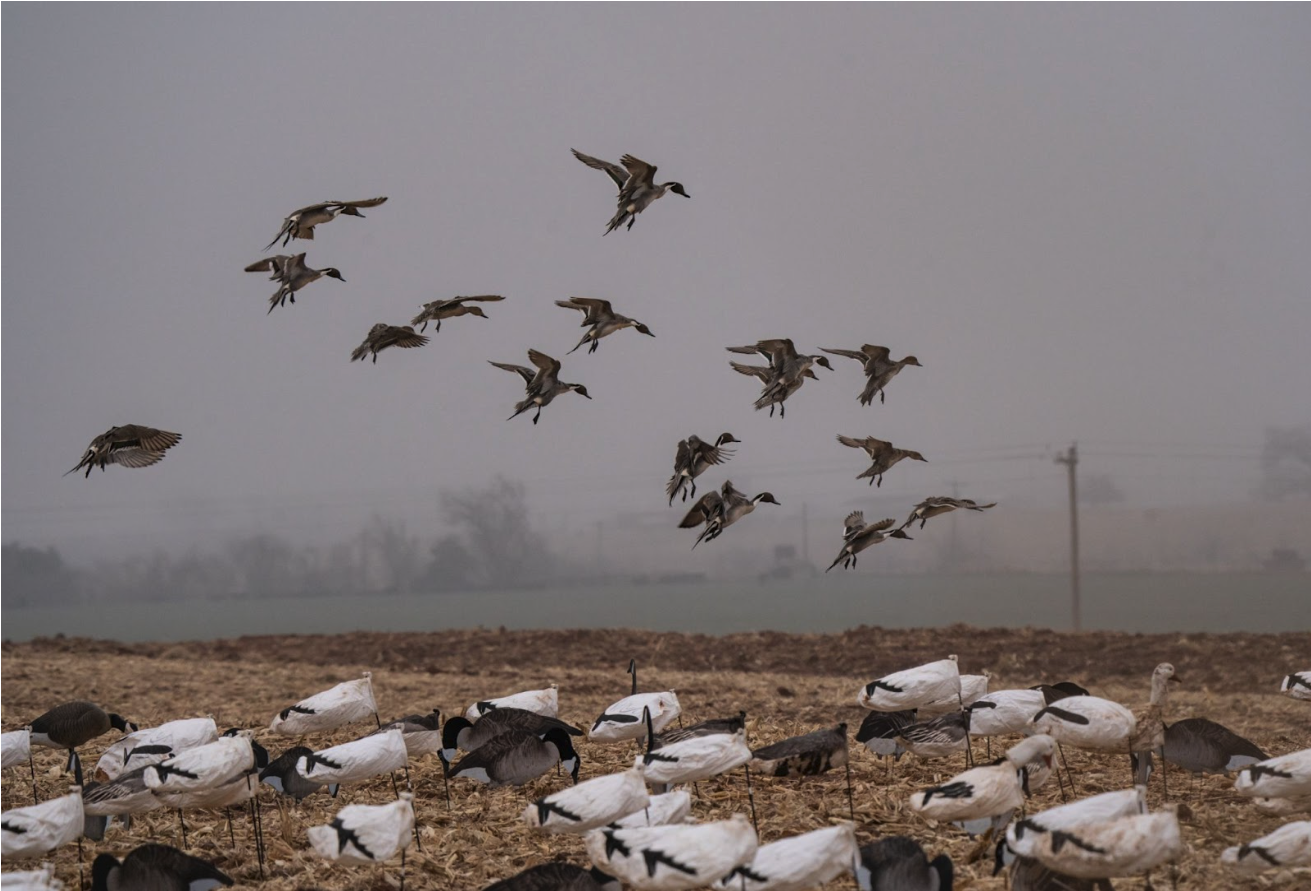
Waterfowl Hunting in Canada: What American Hunters Need to Know
Where to find Guided Sandhill Crane Hunts

Revolutionize Your Outdoor Business with Mallard Bay's GuideTech Software
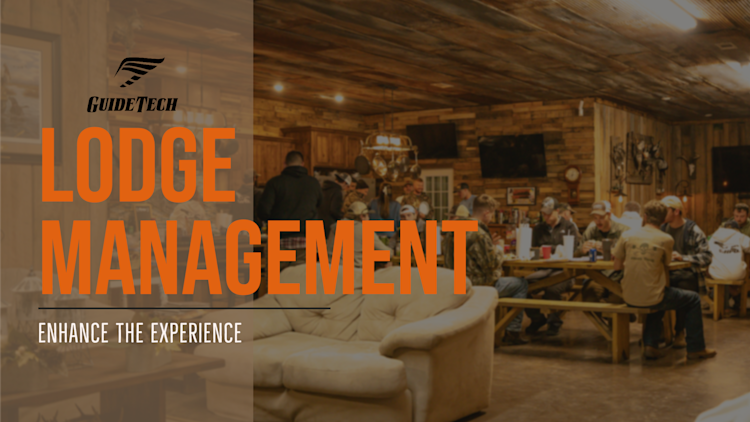
Lodge Management - Enhance the Experience
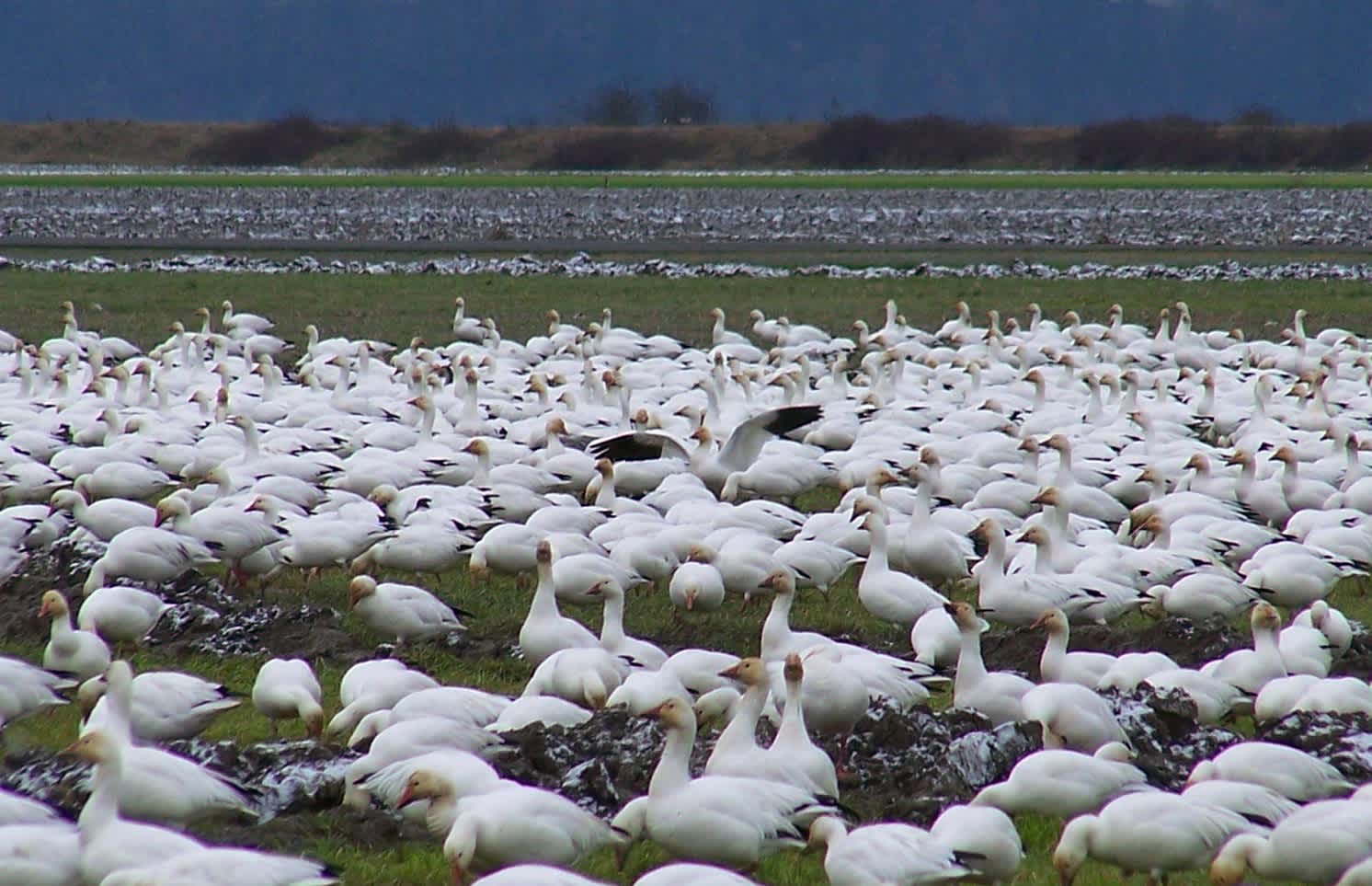
Snow Goose Pastrami Recipe
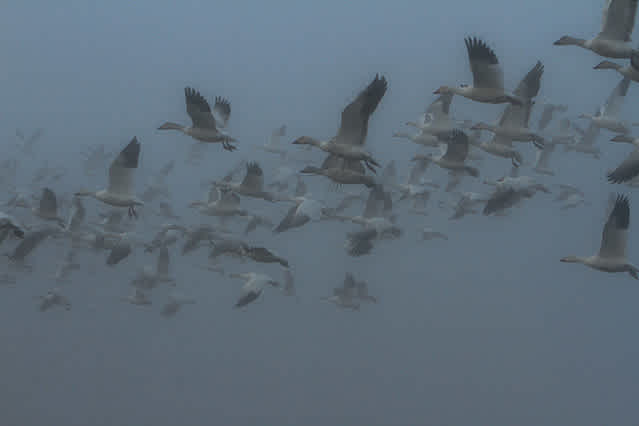
Snow Goose Chili
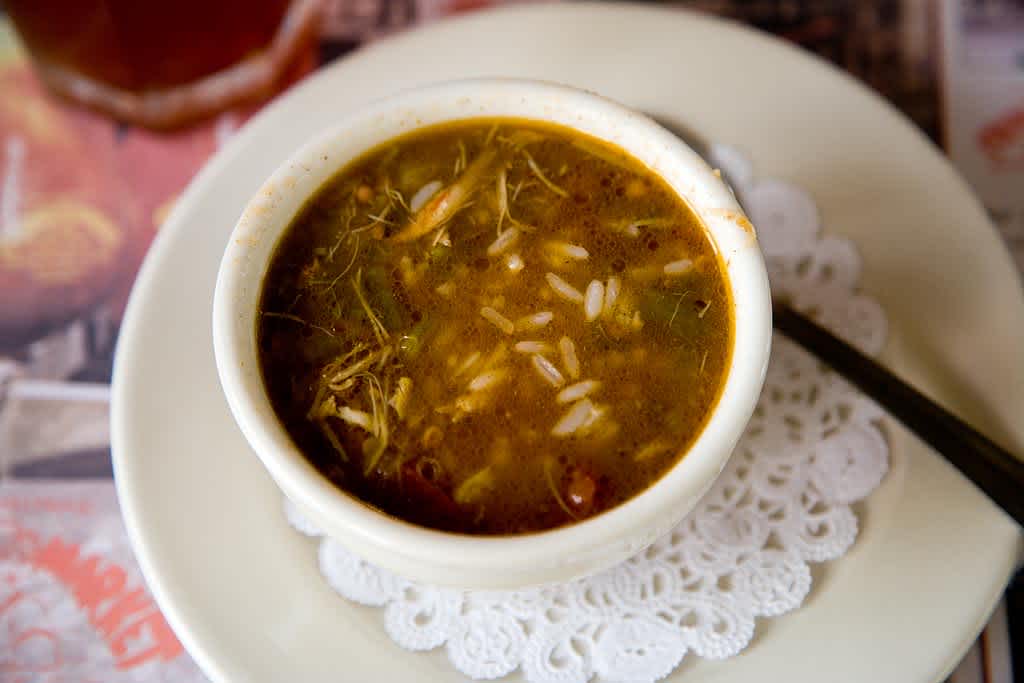
Snow Goose Gumbo Recipe - A Cajun Tradition

Sight Fishing Louisiana
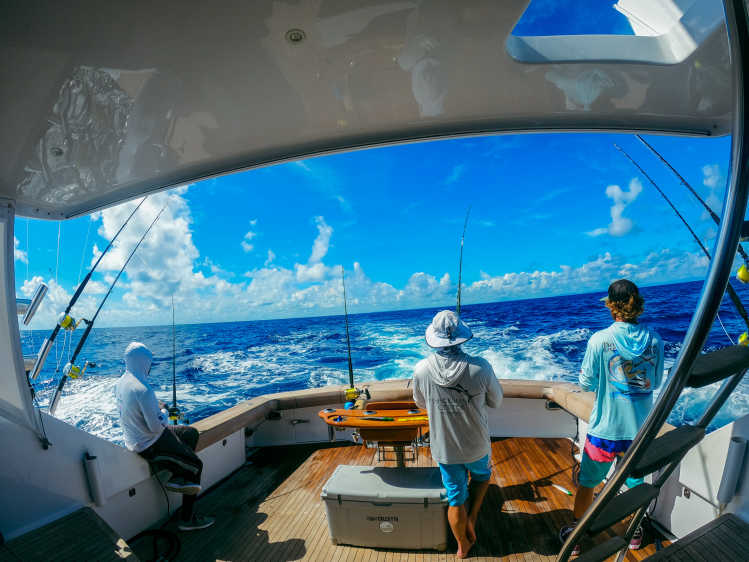
How to find the right Texas Guided Fishing Charters
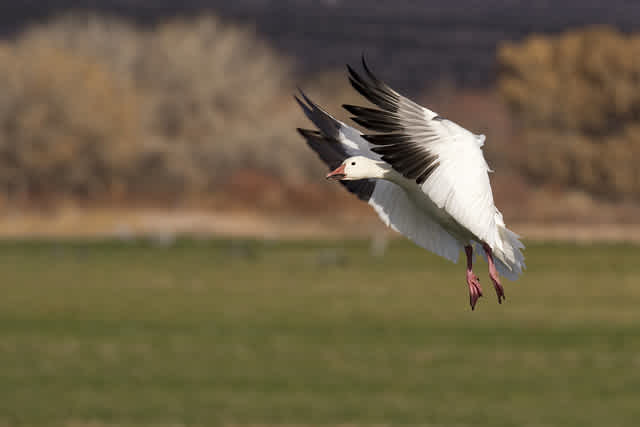
Steak House Snow Goose Recipe
